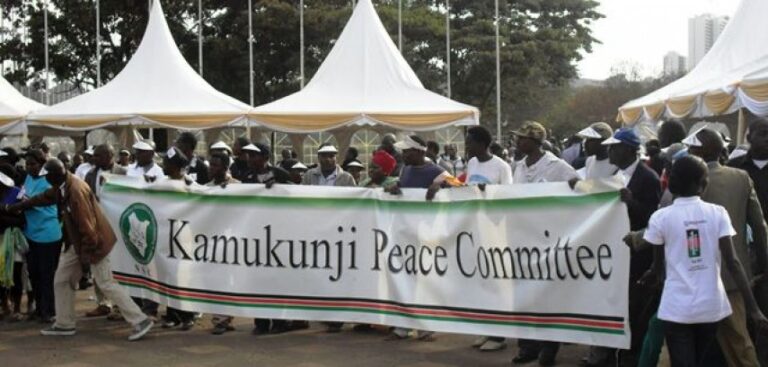Kenya Launches a National Early Warning and Response Mechanism

National Conflict Early Warning and Response Unit (CEWERU) of Kenya held an official launching ceremony of the national Early Warning and Response Mechanism on 25th November 2010 in Nairobi, Kenya.
According to Mr. Samuel K. Maina, Head of the national CEWERU of Kenya, the rationale for the establishment of the national early warning and response system was a pressing need in Kenya for a capacity to undertake timely and effective action to prevent and mitigate violent conflicts. He said the need is even more pressing following the damage caused by the 2007 electoral violence.
Mr. Maina also stated that the Mechanism is modeled after the Conflict Early Warning and Response Mechanism (CEWARN) of the Inter Governmental Authority on Development (IGAD) which has been serving as platform for collaboration among IGAD Member States on the prevention and mitigation of cross-border pastoral and related conflicts in the Horn of Africa region.
Mr. Raymond Kitevu, the Ag. Director of CEWARN on this part commended Kenya for taking the lead in the IGAD region in taking advantage of the support provided by CEWARN and establishing a country-specific conflict early warning system that would work to mitigate and prevent all types of violent conflict in the country. He said this provides further impetus to CEWARN’s aspiration of expanding to cover other types of conflicts in the near future.
The Resident Representative of UNDP in Kenya, Mr. Aeneas Chuma also commended the national CEWERU’s effort and underlined the vital role the Mechanism will play in terms of strengthening the capacity of the Government of Kenya and other stakeholders by enhancing the effectiveness of their interventions in conflict prevention and peace building. He also expressed his belief that the system will complement regional initiatives including the one by CEWARN/IGAD.
The Kenyan national Conflict Early Warning and Response Mechanism has a system of peace and conflict monitoring that allows it to receive and analyze information from its peace actors (local peace structures) that operate across the country as well as the media. Furthermore, the system uses innovative systems including SMS messages and use of social networking websites such as twitter and face book to get information from the public domain that could be used to avert crises. It also runs a website that allows the public to post information and multi media content called Amani Kenya @ 108.
In addition, the system relies on peace structures in both rural and urban centers of the country that consist of governmental and non-governmental institutions and stakeholders to undertake early response to conflicts.

